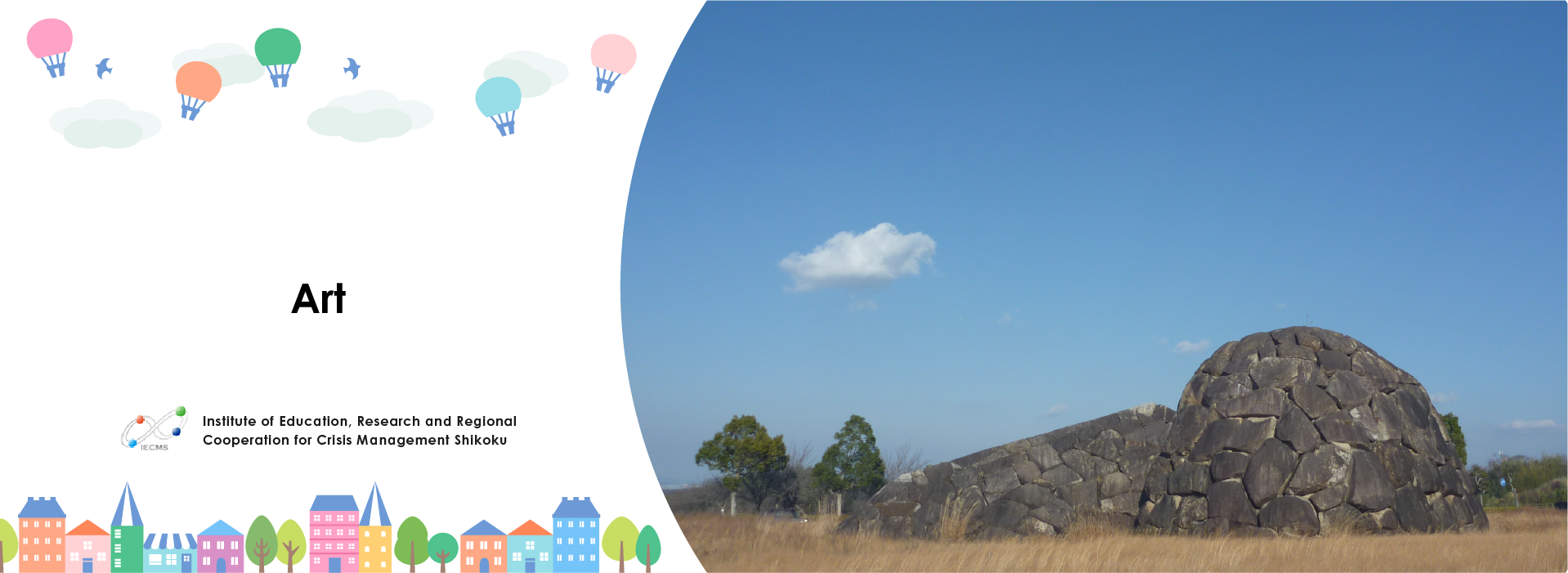
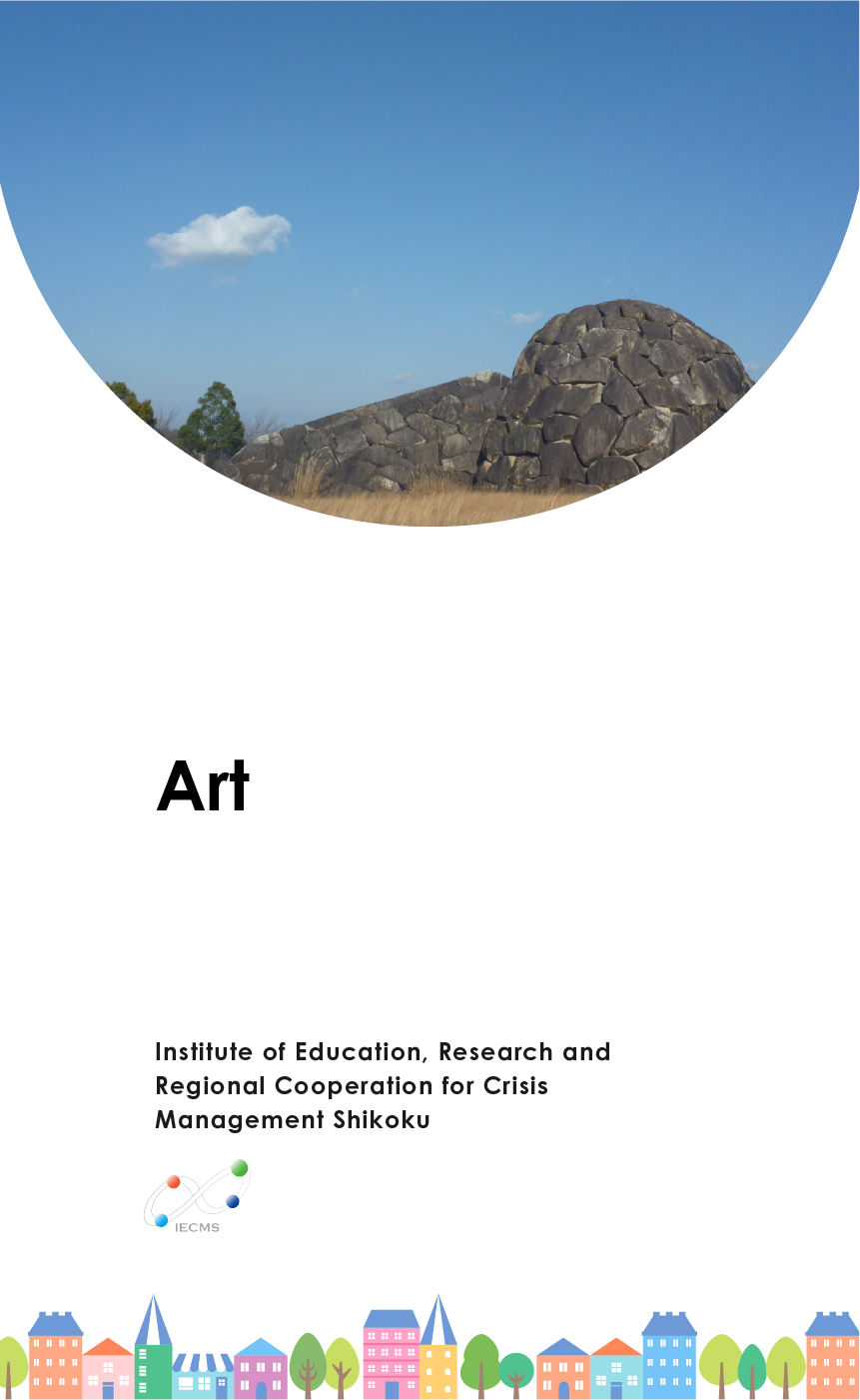



sanukite
What is Sanukite?
Sanukite is a special volcanic rock that had erupted about 13 Ma in northern Shikoku of Setouchi volcanic belt, SW Japan. It was named by Weinschenk in 1891 after Sanuki District, the old name of Kagawa Prefecture in northeast Shikoku. Petrologically it belongs to aphyric andsite. Under the microscope sanukite can be seen to be minutely grained and is composed mainly of glass, orthopyroxene, magnetic iron ore, and plagioclase.
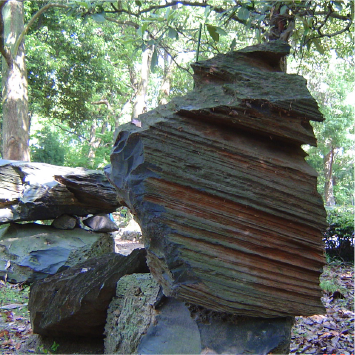
Sanukite
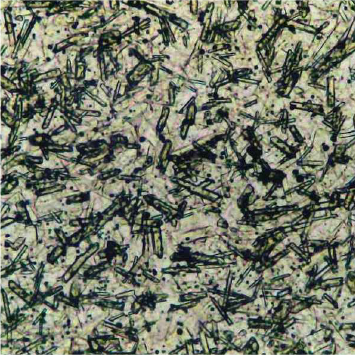
Sanukite(Gold mine,Open nichol)
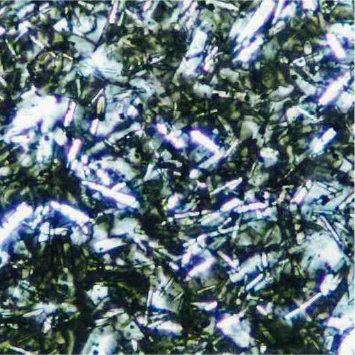
Sanukite(Gold mine,Crossed nichol prism)
Kanayama: Factory center during the Stone Age
East slope of Kanayama was a natural quarry caused by landslide. Kanayama Sanukite was the factory center during the Stone Age.
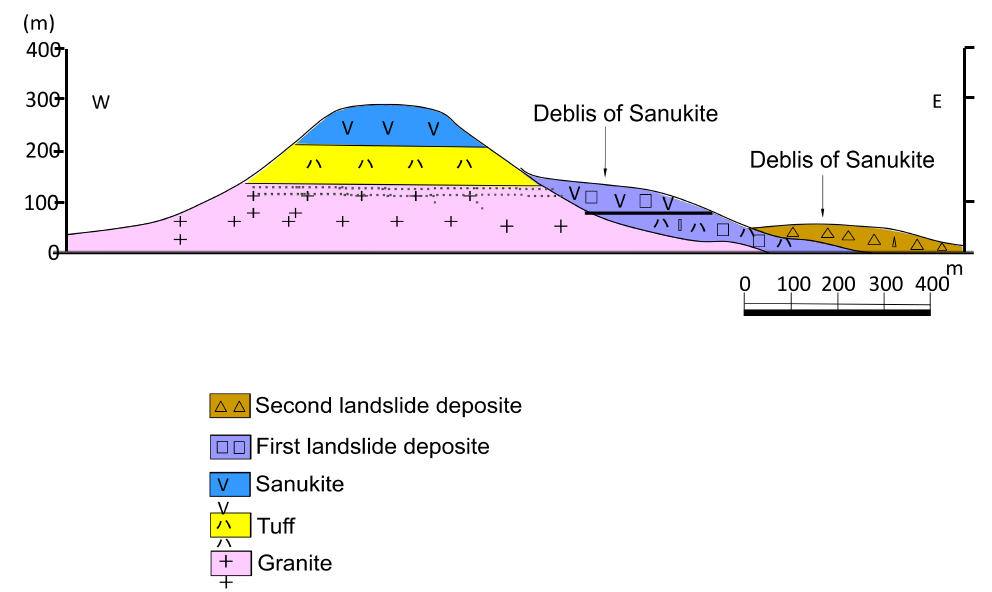
Use of Sanukite as Stone Implements
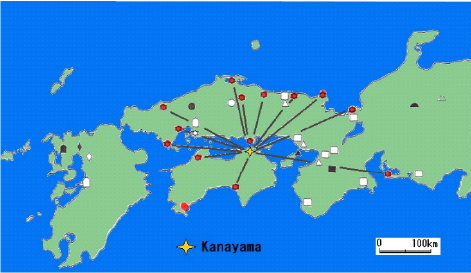
More than ten thousand years ago, paleolithic people noticed this stone, with its fine-grained, sharp clefted edges, and used it to make innumerable stone tools for their daily needs. Kanayama in Kagawa Prefecture has been identified as main source site of sanukite stone implements by X-ray fluorescence analysis (Higashimura & Warashina, 1975; Warashina & Higashimura, 1978).
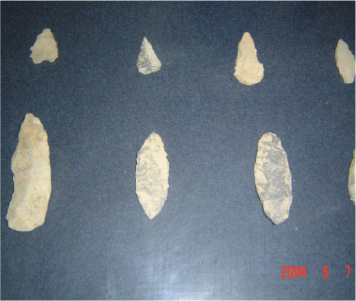
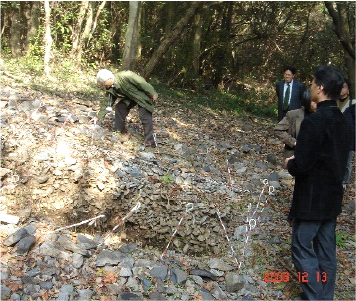
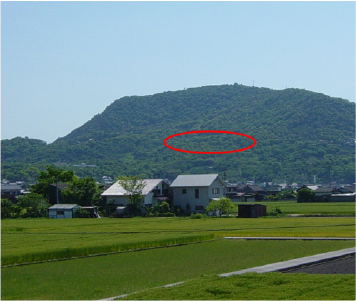
Physical Property of Sanukite
Sanukite is much harder and finer-grained than the ordinary igneous rocks. Although its density is 2.60 g/cm3, its P-wave velocity is about 6 km/s . This high P-wave velocity is unique characteristics of sanukite. Fresh sanukite is black in color. Hydrated white weathering crusts have been formed at the rate of 4.1 μm/ky (Kuchitsu & IIjima, 1990).
Sanukite as Miracle Percussion Instruments
Dr. Hitoshi Maeda has devised and produced various kinds of percussion instruments made of sanukites. The instruments are divided into four major types:
| 1 | "Sekkin" (Xylophone shapes, or "stone xylophones), |
|---|---|
| 2 | "Sou" (Sets of hanging bells, or "stone bell sets."), |
| 3 | "Rou" ("Field stone" shapes, with simple cuts), |
| 4 | "Kei" ("Gong shapes."), and others. He has also applied pieso-senssing technology to amplification of weak inaudible vibrations. |
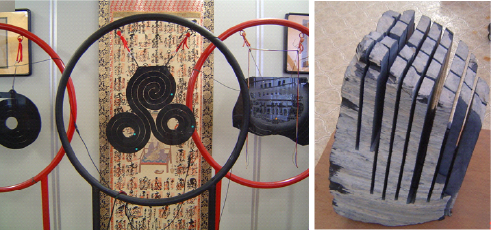
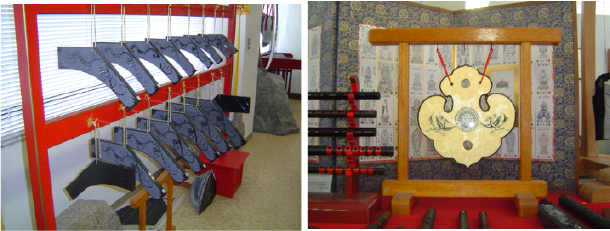
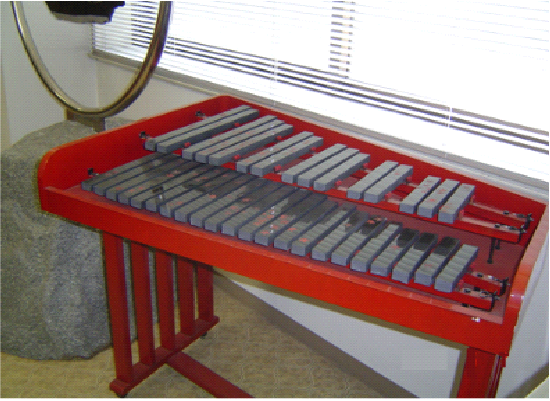
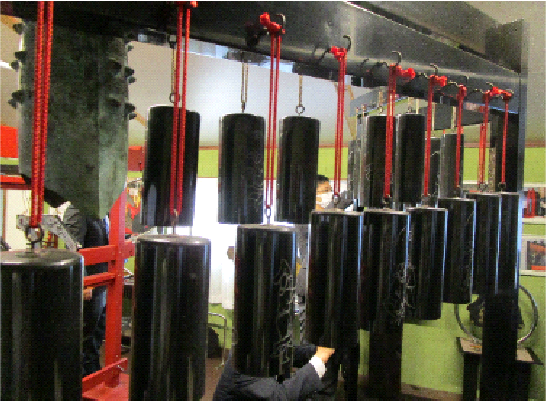
Isamu Noguchi
Isamu Noguchi, one of the most famous sculptors of the 20th century was a comprehensive artist. Since he used Aji stone in his work, in his later years, he set up a studio and residence in Mure-cho, Takamatsu City where he was engaged in creative activities. Near Takamatsu Airport, there is his last work, "Time and Space,” which was completed in 1999 by Masatoshi Izumi (Isamu Noguchi's partner in the creation of the work), who carried on his wishes after his death.
In Mure Town, there is the Isamu Noguchi Garden Museum, where you can see and feel many of his works. Visitors are sure to be fascinated by his works that can only be seen there.
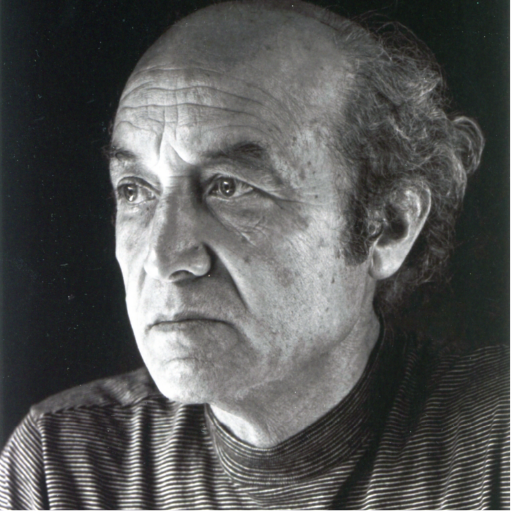
Isamu Noguchi / photo : Michio Noguchi
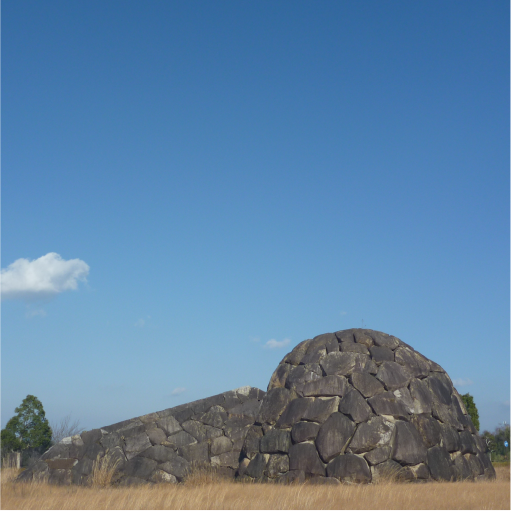
TIME AND SPASE
Isamu Noguchi Garden Museum
Sanuki Lacquerware
The lacquer craft in Kagawa Prefecture is the result of industrial encouragement measures taken by the Matsudaira clan, lords of the Takamatsu domain during the Edo period. Lacquerware became Kagawa Prefecture's representative traditional industry due to the achievements of Mr. Tamakaji Zokoku (1806-1869) in the late Edo period. He is said to be the "founder of Kagawa lacquerware," and since then, Kagawa Prefecture has produced a number of artists in the field of lacquerware. The system of recognizing important intangible cultural properties was established in 1955. In the field of lacquerware, Mr. Otomaru Kodo was recognized as an Important Intangible Cultural Property Holder, a so-called Living National Treasure in 1955, and Mr. Isoi Joshin in 1956. Since then, many outstanding lacquer artists have been recognized as Living National Treasures. Currently, Kagawa Prefecture is working on developing lacquer craft technicians, mainly through Kagawa Prefecture Lacquer Art Institute.
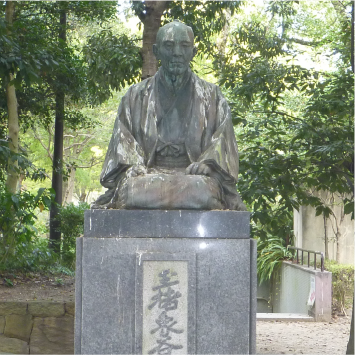
Statue of Tamakaji Zokoku
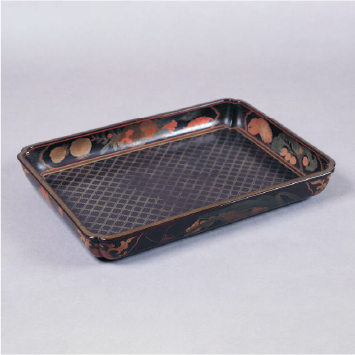
Zonseibon(Tamakaji Zokoku)
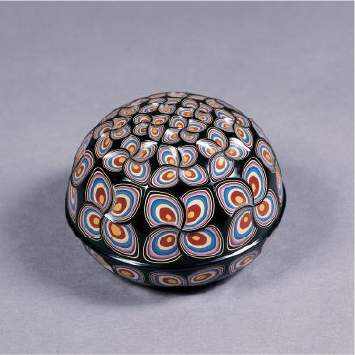
Carved lacquer Hydrangea Kogo(Otomaru Kodo)
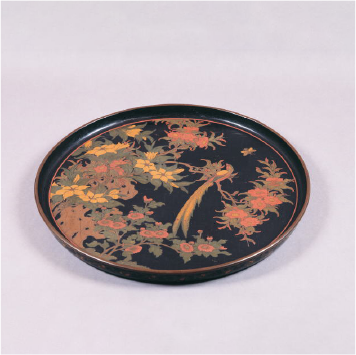
Seika Chomarubon(Fujikawa (Bunkido) Kurosai)
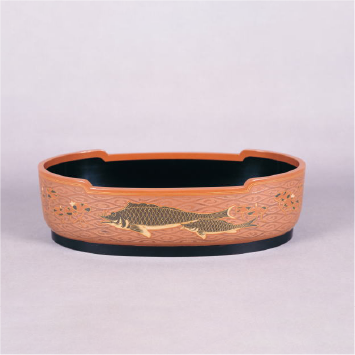
Dry lacquer basin Yuu no Zu(Isoi Joshin)
(Source)Kagawa Prefecture Lacquer Art Institute
Link to the Kagawa Prefecture website
Setouchi Triennale
Kagawa Prefecture has held the Setouchi Triennale since 2010, mainly on the islands of the Setouchi region. Artists from all over the world participate in the festival and create works of art while interacting with the local people. Setouchi Triennale continues to impress visitors through the scenery of the islands and the artworks, and the 4th festival was held in 2022. I highly recommend that you visit these islands when you come to Kagawa Prefecture to experience the atmosphere.
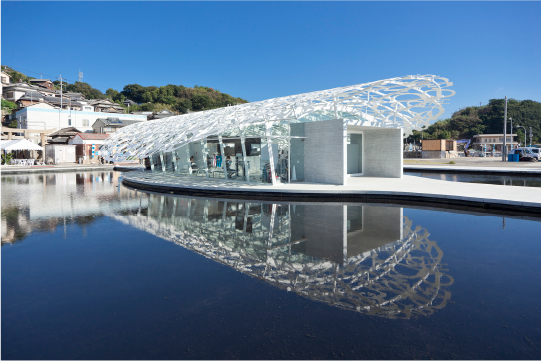
JaumePlensa_Ogijima’s Soul
Photo:Osamu Nakamura
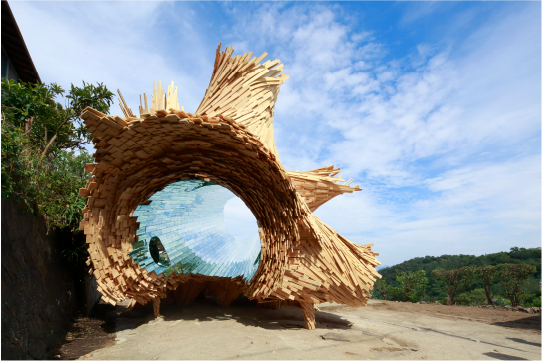
Takashi Kuribayashi_treeof Ibuki
Photo:Keizo Kioku
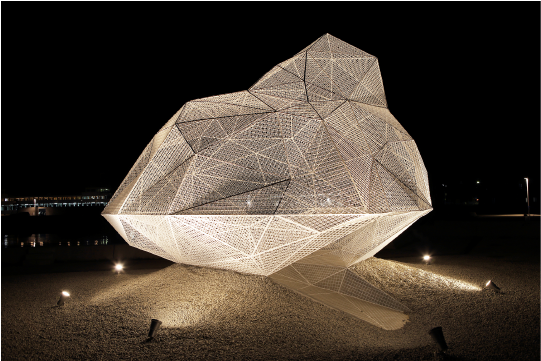
Naoshima Pavilion Owner (Naoshima Town)
Architect (Sou Fujimoto Architects)
Photo:Jin Fukuda
Institute of Education, Research and Regional Cooperation for Crisis Management Shikoku
Copyright(C) 2022 Kagawa University All Rights Reserved.